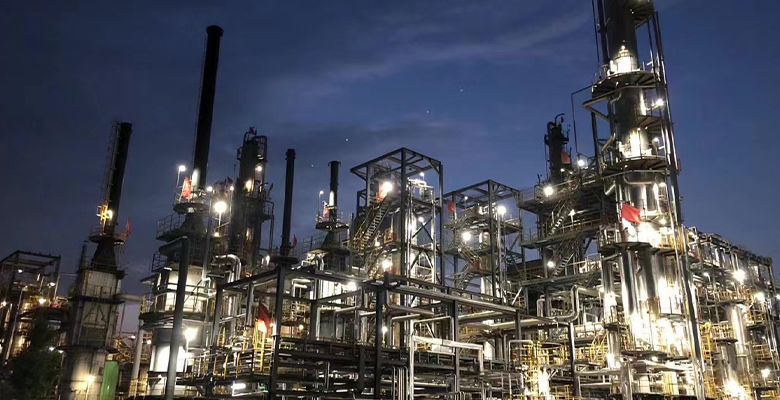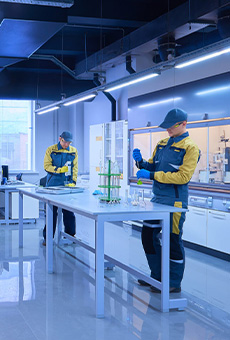The feedstock dry gas for an ammonia plant in East China is sourced mainly from refinery coking and catalytic cracking units.
The coking dry gas has a stable composition, while catalytic dry gas varies, especially in olefin and hydrogen contents. The gas contains 9-15% olefins and 20-200 μg/g sulfur, used for ammonia production.
The coking dry gas has a stable composition, while catalytic dry gas varies, especially in olefin and hydrogen contents. The gas contains 9-15% olefins and 20-200 μg/g sulfur, used for ammonia production.
Self-hydrogenation is possible within 1.5-2.0 hydrogen-to-olefin ratio. Hydrogenation catalyst temperature must be <400°C to prevent carbon deposition. Olefin hydrogenation is highly exothermic, with a 23-24°C rise per 1% olefin reaction.
Control measures include inlet temperature regulation and mixing olefin-free refinery gas at the hydrogenation reactor outlet with gas from the compressor to reduce olefin content and control reactor temperature. These measures ensure efficient, environmentally friendly hydrogenation, aligning with sustainability goals and minimizing environmental impact.




